
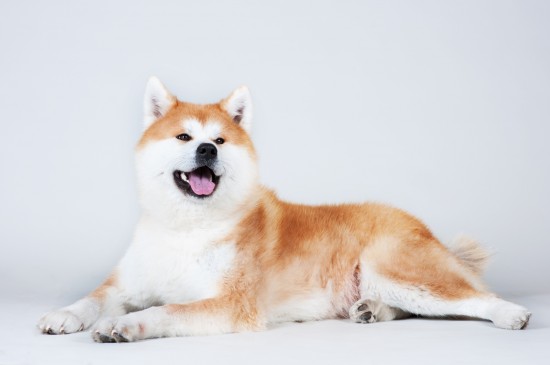
There are hundreds of different dog breeds in the world, but they can all be broken down into much wider, larger “type” groupings with other dogs that share common traits with each other, and have broadly similar needs. Many of the different dog breeds and types within any one group will share a common historical ancestry, or have been bred or evolved naturally over many centuries into similar working roles, tolerances and talents.
Learning to recognise what grouping your own dog falls into and being able to meet all of the needs common to dogs within that group can help us as dog owners to provide the best and most appropriate care for our dogs, and help us to enable their natural behaviours and keep them happy.
In this article, we will look at dogs within the Spitz grouping, and discuss what common traits they possess and how to best provide for their needs.
Spitz-type dogs are generally easy to recognise due to their physical appearance, which comprises of long, dense fur, a pointed muzzle and upright ears, and often, a curled tail.
Spitz dogs are built for the cold, and are often native to the cooler areas of the world, where they are used to working outside and weathering the extremes of temperature that characterise frozen regions.
An example of some Spitz-type dog breeds include:
...And many others besides!
How to tell if your dog is a Spitz-type dog
Whether your dog is a pure breed, mixed breed or of unknown origins, if your dog has a thick, long coat, pointed muzzle and ears and a curled tail, the chances are that it is a Spitz-type dog, and has some Spitz dog ancestry.
Spitz dogs are highly active, outdoors-loving dogs that have great stamina and endurance, and like to run for long periods of time, often covering large distances. They are very resistant to the cold and generally un-phased by bad weather, being totally happy to be outdoors in the worst snow, rain or cold! They are normally fairly vocal, and commonly communicate with both their owners and other dogs by barking. They can be prone to stubbornness, and are generally very outgoing and independent.
Spitz dogs come in a range of sizes, from the small Pomeranian to the large Akita, and how much exercise they need will vary accordingly. However, Spitz-type dogs are very energetic, and require lots and lots of exercise. They are built for endurance, and will usually be perfectly happy to go out for another walk within minutes of coming back from their first one!
You should make plenty of provision for your Spitz-type dog to spend lots of time running and playing, both on the lead and within a safe enclosed area. Spitz dogs are generally very social dogs, and will quickly join in with the play of other dogs and form themselves into temporary “packs” with the dogs that they meet out and about. They tend to shed their coats prolifically a couple of times a year, but even during the summer months, their coats are thicker than most other dogs, so you must take care to ensure that they do not overheat when exercising in the hotter weather.
Spitz dogs, particularly the larger ones that have a long history as working dogs running for many hours a day, tend to be fairly independent, and can become bored easily. If your dog is not getting enough exercise, the chances are that they will always be on the lookout for a means to escape the home or garden and take themselves off for a run! It is generally advised to keep Spitz-type dogs on the lead when in public or near to roads, as they like to roam fairly far from the person that is walking them and are not renowned for their consistent recall skills unless very highly trained.
Spitz-type dogs require optimum nutrition for slow-release energy, plenty of protein and not too much bulk (such as grains). They are generally fairly economical to feed relatively to their size, and normally require small to medium sized meals fed little and often to keep them fuelled up. Spitz-type dogs are built for storing energy for the prolonged periods of activity that they are used to undertaking, and so can quickly run to fat if they are over fed or not exercised enough.
Smaller Spitz-type dogs sometimes have a tendency to be fussy eaters, but the larger working Spitz-type dog breeds love their food of all types, and are often keen and competent scavengers!
Larger Spitz-type dogs have strong hunting instincts, and an important part of their training while they are young should involve getting them used to the presence of smaller animals such as cats, and teaching them that chasing is not allowed. Spitz-type dogs are intelligent animals that are good at problem solving, but they can also become bored very easily, and have relatively short attention spans. Keep your Spitz-type dog entertained with plenty of mental stimulation as well as physical, and spend plenty of time working with them one to one and strengthening your bond.
Spitz dogs are very social and generally welcoming of strangers, and will think nothing of going off for a walk with someone that they have only just met! This means that Spitz dogs can be more likely to wander off than other types, and they are relatively easy to steal by unscrupulous people who are on the lookout for a new dog.
Food bribery works well on Spitz dogs, so getting your dog’s attention with a treat or rewarding them for returning to you or complying with a command using food is usually effective for the Spitz, and will help you to bond with your dog as a result. Due to their thick, dense coats, Spitz dogs require regular brushing and grooming, which offers a further opportunity to bond with your dog.
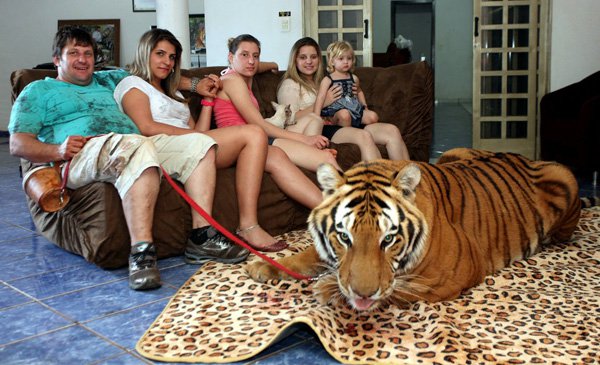 Give Your Bunny Pets Huge Rabbit Hutches That Makes it His Bedroom
Give Your Bunny Pets Huge Rabbit Hutches That Makes it His
Give Your Bunny Pets Huge Rabbit Hutches That Makes it His Bedroom
Give Your Bunny Pets Huge Rabbit Hutches That Makes it His
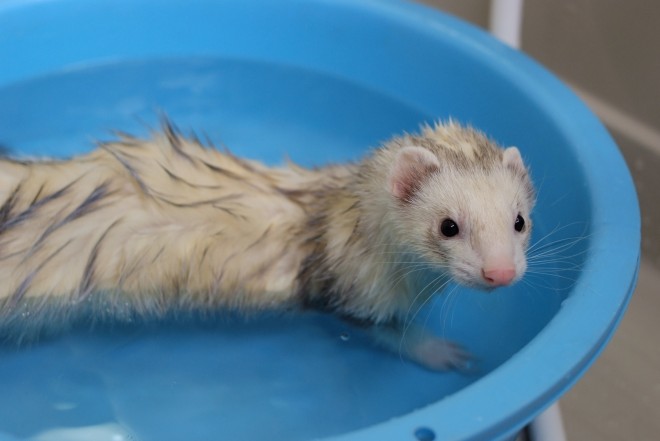 Bathing Your Pet Ferret
Bathing Your Pet
Bathing Your Pet Ferret
Bathing Your Pet
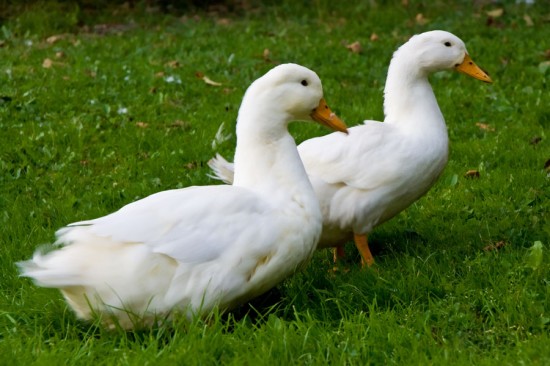 Ducks - General Health And Well Being
Ducks - General H
Ducks - General Health And Well Being
Ducks - General H
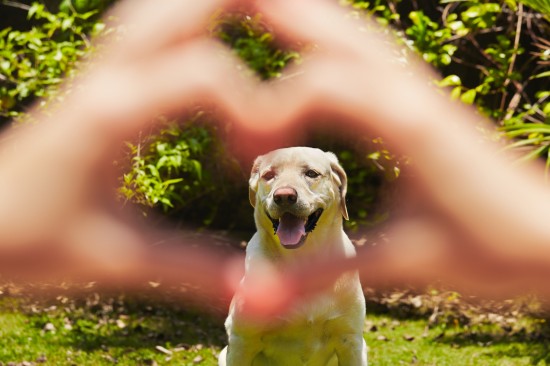 Why Co-dependency With Your Dog Is A Bad Idea
Why Co-dependency
Why Co-dependency With Your Dog Is A Bad Idea
Why Co-dependency
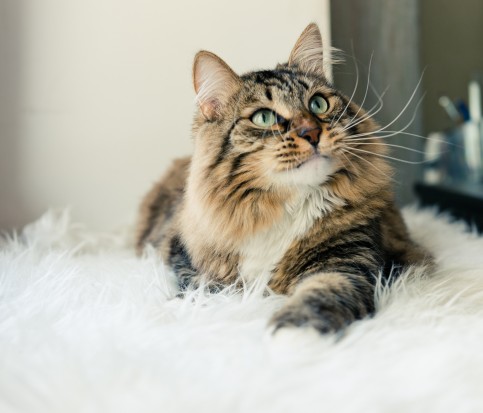 Why Is My Cats Fur Coming Out In Clumps?
Why Is My Cats Fu
Why Is My Cats Fur Coming Out In Clumps?
Why Is My Cats Fu
Copyright © 2005-2016 Pet Information All Rights Reserved
Contact us: www162date@outlook.com